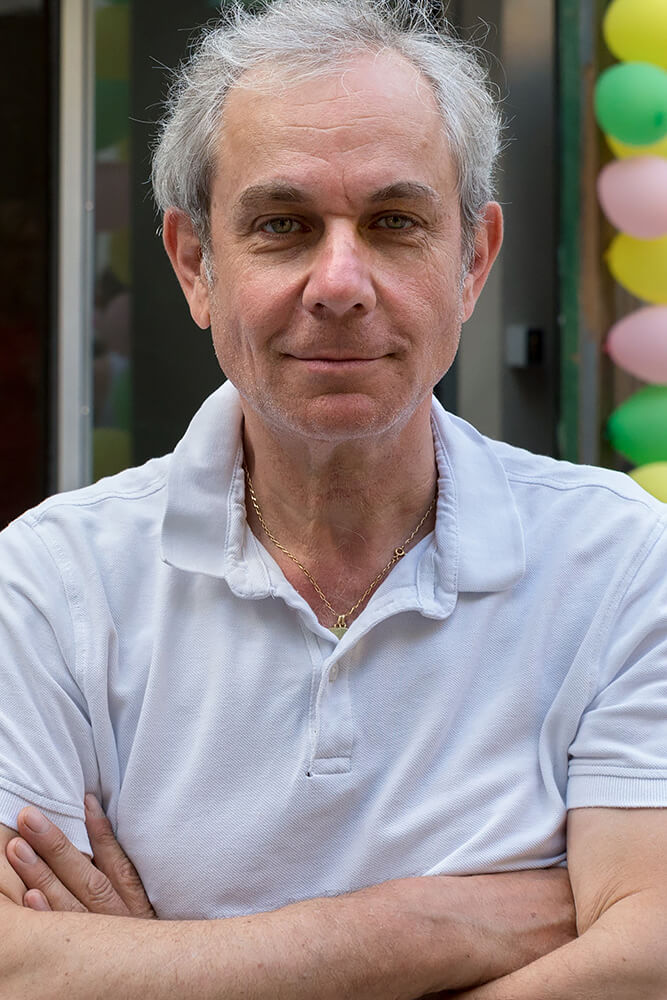Frédéric Lipzyc was born in Paris in 1954, he has been a professional photographer for fifteen years. His passion is Street Photo, he never goes out without his little Lumix GX8 which allows him to photograph in a humble and discreet way.
According to his encounters in Paris or elsewhere, with easy contact and full of humanity, he wanders the streets with no specific project other than to catch what moves him. He prefers to move than to surprise.
He allows us to see the most different aspects, the human being is at the center of his compositions. Social photographer, street photographer, he captures what we do not always see, anonymous people whom we wonder who they truly are, what are their joys and sufferings.
The face, the body, the urban life in all its forms are captured by his curious and pure eye.
Frédéric is a photographer of emotion and modesty, expressionist, he conveys emotion through the posture of his characters.
In most of his photos, the urban is there as a character in its own right.
He is the photographer of the human and the emotion in the city.
